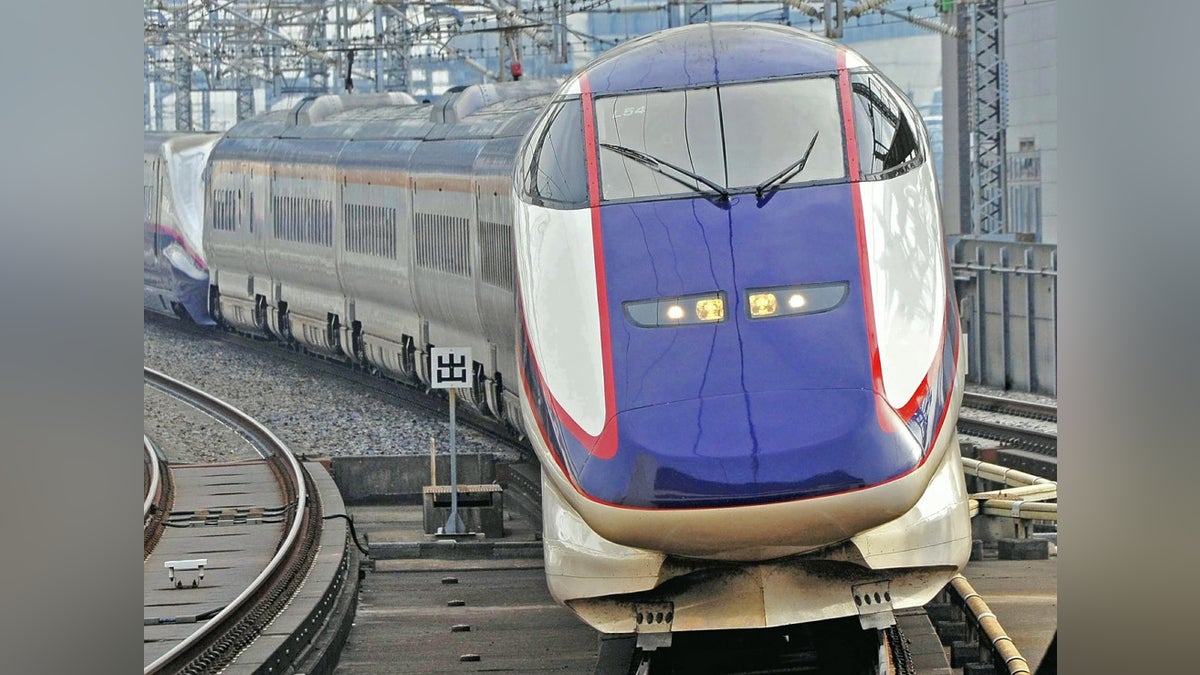Shinkansen Service Interruption: Fukushima to Yamagata Stations – Latest Updates and Travel Advice
A major disruption to Shinkansen services between Fukushima and Yamagata stations has left travelers stranded and sparked concerns about the reliability of Japan's high-speed rail network. This article provides the latest updates, potential causes, and crucial travel advice for affected passengers.
What Happened?
On [Insert Date of Incident], a significant interruption to Shinkansen services occurred along the [Insert Specific Shinkansen Line Name] line, impacting travel between Fukushima and Yamagata stations. Initial reports suggest [Insert Brief, Factual Summary of the Incident - e.g., a signaling malfunction, power outage, or unforeseen circumstances]. This disruption resulted in [Insert Details about Delays and Cancellations - e.g., widespread delays of up to several hours, and the complete cancellation of several services].
Impact on Passengers
Thousands of passengers experienced significant delays and inconvenience. Many were left stranded at stations, with limited information initially available. JR East, the operator of the Shinkansen line, has apologized for the disruption and the challenges faced by affected travelers.
- Delays: Passengers faced delays ranging from [Insert Range of Delay Times]
- Cancellations: Several Shinkansen services were completely cancelled.
- Communication Issues: Some passengers reported difficulties in receiving timely updates from JR East.
- Accommodation: JR East provided assistance to some stranded passengers, including arranging accommodation where necessary.
Potential Causes and Investigations
While the exact cause of the Shinkansen service interruption remains under investigation, early reports point towards [Insert Specific Potential Causes Mentioned in Official Statements - e.g., a technical fault in the signaling system, a power surge, or adverse weather conditions]. JR East has launched a thorough investigation to determine the root cause and prevent similar incidents in the future. Further updates are expected in the coming days.
JR East's Response
JR East has pledged a full investigation into the incident and has committed to improving communication with passengers during future disruptions. They have also implemented [Mention any immediate actions taken, like temporary alternative transportation or improved communication systems].
Travel Advice for Affected Passengers
For those planning to travel on the [Insert Specific Shinkansen Line Name] line between Fukushima and Yamagata stations, it is crucial to:
- Check the JR East website: Regularly check the official JR East website ([Insert Link to JR East Website]) for the latest updates on service disruptions.
- Use the JR East app: Download the JR East app for real-time updates and notifications.
- Allow extra travel time: Plan for significant delays and potential cancellations.
- Consider alternative transportation: Explore alternative transportation options, such as highway buses or local trains, if necessary.
- Contact JR East customer service: If you encounter any issues, contact JR East customer service for assistance.
Long-Term Implications and Future Improvements
This incident raises questions about the resilience and reliability of Japan's high-speed rail network. While the Shinkansen is renowned for its punctuality and efficiency, this disruption highlights the need for continuous improvement in infrastructure maintenance, contingency planning, and passenger communication strategies. JR East's response to this incident will be crucial in shaping public confidence in the future.
Stay tuned for further updates on this developing story. We will continue to monitor the situation and provide you with the latest information as it becomes available.
(Note: Remember to replace the bracketed information with accurate and up-to-date details. Include relevant links to official sources like JR East's website and news articles.)
